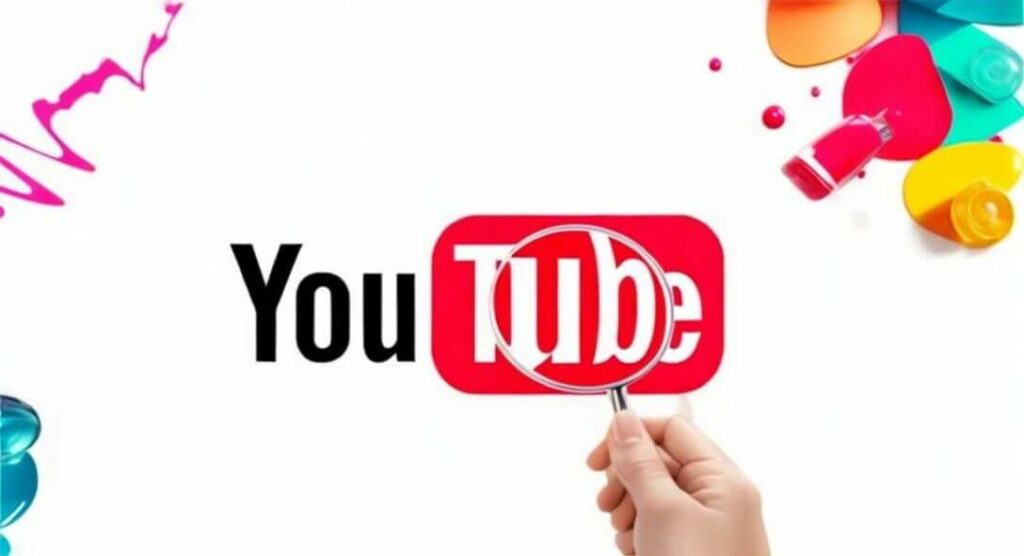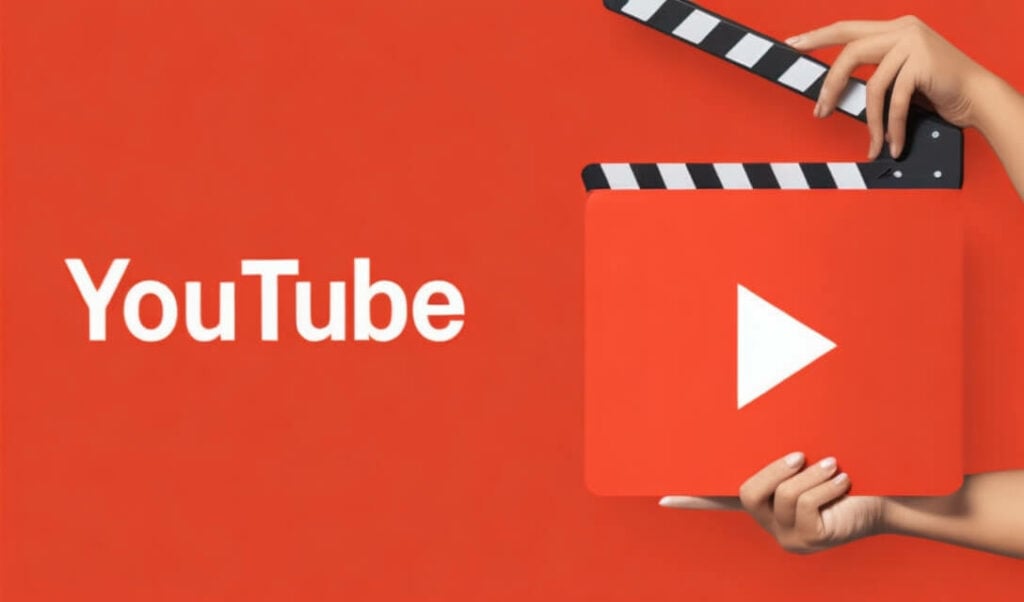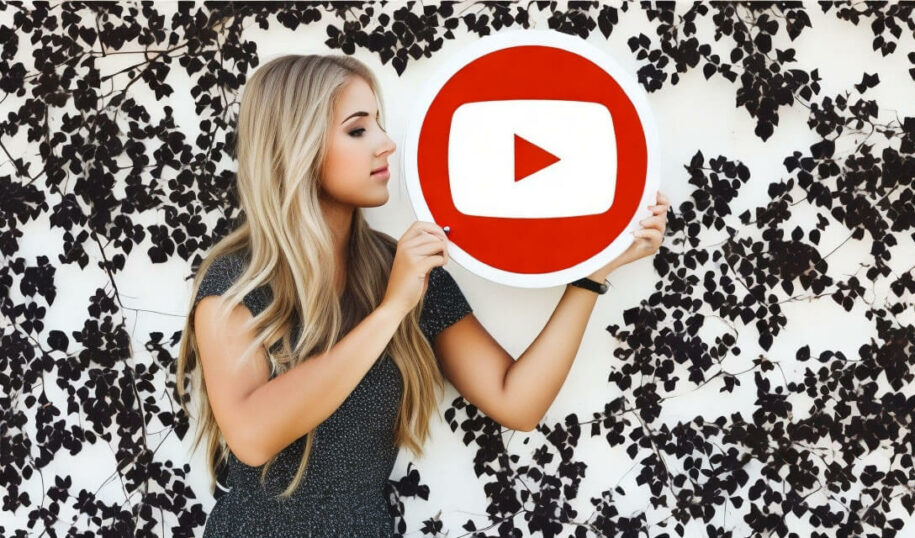Fewer people are tuning in to local TV channels, with the majority of viewers opting for online streaming services instead. Video streaming services are favored due to the vast collection in their library and the ability to play videos on-demand.
Due to this shift in consumer viewing habits, marketers are also making a move to social media ads and YouTube advertising, and you should, too! Carve a spot for your brand in one of the best places online. We’ll provide you with effective marketing strategies to start your digital marketing journey.
Benefits of YouTube Advertising

Many businesses, both big and small, are using YouTube for advertising. Here’s why:
● Spread brand awareness
YouTube is home to 210 million active users in the US alone. That is the number of viewers in the US who may be your potential customers when they learn about your brand if you choose to advertise on this platform.
● Build a loyal following
Users on the platform are known to form solid communities around the content creators and brands they follow. Get into the fold and experience the benefits of having loyal supporters.
● Entice clients
Video ads are very appealing as most people are visual types. Sway viewers’ decisions in your favor by letting them know in your ads why your brand is the better option in the market.
● Increase sales
YouTube video ads accumulate more views, clicks, and conversions compared to Facebook ads, according to a study. Creating quality video ads requires more work, but it’s well worth the trouble when the money rolls in.
Types of YouTube Ads

YouTube Ads are paid placements on the platform. These are always labeled with “Ad” or “Sponsored” to let viewers know these are promoted pieces.
More and more different types of ads are introduced to viewers. But below are the ad variants you have probably encountered in your YouTube experience.
Skippable in-stream ads
Skippable ads are placed before, during, and/or after other YouTube videos. Users can press the Skip button after 5 seconds into the video ad, which would immediately end the ad playback.
There is no maximum length. However, 3 minutes or shorter is recommended.
The advantage of this type is that you only pay for full video views or views until the 30-second mark, whichever comes first. You are not charged for skipped ads.
Non-skippable in-stream ads
These are also placed before, during, and/or after other YouTube videos. The difference is that there is no Skip button. Viewers will get to watch your whole ad, which is only a 15 to 20-second video. You are charged based on impressions or the number of times it was seen.
TrueView, Discovery, or In-feed video ads
This type of ad appears in the YouTube Home feed, YouTube search results, and alongside related videos. This is often the first video you see on the left or top of the homepage, search results, and suggested popular videos.
The video ad features a thumbnail, title, description, and a link that viewers can click to visit an external site or social media platform. It plays automatically on mute to invite people to watch and click it for more info.
There is no maximum length for this video ad and you will only be charged when viewers interact with your ad.
Bumper ads
These short video ads are placed before, during, and/or after another YouTube video. These cannot be skipped but the duration is usually 6 seconds or shorter. You are charged based on impressions or the number of times it was seen.
Sponsored card ads
These are seen as little pop-ups on the upper right hand of the video being watched. It looks like an “i” symbol with some text beside it.
Viewers can click the “i” symbol to expand the pop-up. This will reveal clickable sponsored cards. The cards have a photo thumbnail with a caption and some text below with a call to action inviting viewers to click the card.
Clicking a card will redirect the viewer to the link embedded in it which can be to another video or the e-commerce website of the video’s sponsor.
Overlay ads
These are the banner ads that appear at the bottom part of the video being played. Some banners contain animated visuals, but they can also just be filled with plain text. When the banner is clicked, the viewer is redirected to the link embedded which is often to the brand’s webpage.
The viewers have the option to close the banner by clicking the tiny “x” button at the upper right of the banner.
Note that from April 6, 2023, overlay ads are no longer available on YouTube.
Display ads
These are quite similar to overlay ads, being a simple visual or photo with some text and a clickable link embedded in it. The difference is the placement of this ad, which is at the upper right of the sidebar, just above the list of recommended videos. The size differs based on the advertiser’s preference.
Masthead ads
The Masthead is a premium type of ad that only big-time businesses can usually afford. This ad is the first thing you will see as you open YouTube, as it occupies the top of the homepage, stretching from screen edge to screen edge.
The video ad auto-plays so that viewers can instantly watch your message. It is clickable so that users are redirected to your website.
This is an extremely expensive piece of digital space and is not recommended for brands that are just starting out.
YouTube Shorts ads
These are video or image ads placed in between Shorts. It has an active link embedded that viewers can click to be redirected to an external website.
The video plays automatically, just like other Shorts in the feed. However, viewers can swipe past the ad if they do not wish to watch it.
Tactics to Reach Your Target Audience with YouTube Advertising

● Define your goal to get the appropriate ad type
If brand awareness is your goal, then choose ads that immediately show your brand name, such as TrueView and Display ads. Bumper ads, Skippable, and Non-skippable ads are used to reinforce your brand presence.
If your goal is to get page visits and sales, then you should opt for Overlay, TrueView, and Display ads which entice viewers to click on them.
● Select your target audience
You have a variety of options to filter out your preferred audience within your target market. You may choose a very specific demographic to target using YouTube Ad’s interface. Setting your target audience maximizes the chances of being exposed to users who might be interested in your brand.
● Set a budget
The cost of YouTube advertising is easily managed by setting an average daily budget. The most cost-effective way is to get ads where you get maximum exposure while not having to pay for them. You can start with a budget range of $10 to $50 per day.
● Use keywords in your ads
Exposure on the internet heavily relies on keywords. Do your research to pull in the users who belong in your niche.
Everyone Is One Click Away
Due to the platform’s popularity, the pool of target audience of YouTube is quite plentiful. Master creating interesting and relevant video content for your video ad campaigns. This will catch your market audience’s attention and they will all be just one click away from you.
- Can You Buy YouTube Subscribers To Grow Your Channel Successfully? - March 11, 2024
- How to Use YouTube for Content Promotion? - October 12, 2023
- Does YouTube Use Artificial Intelligence? - October 10, 2023

